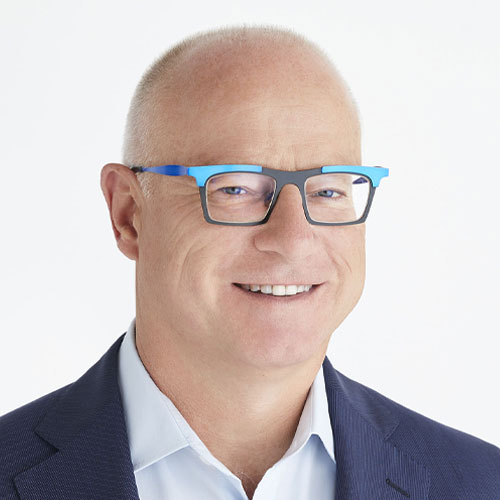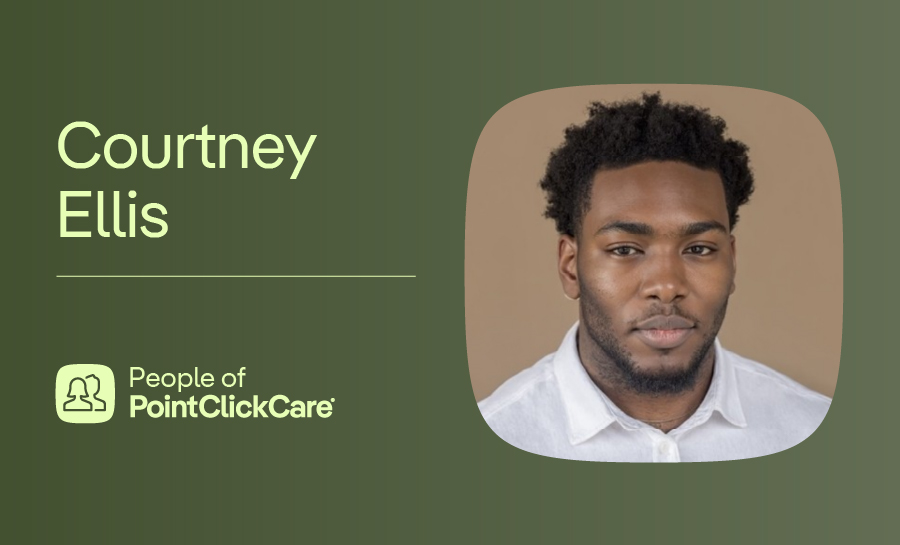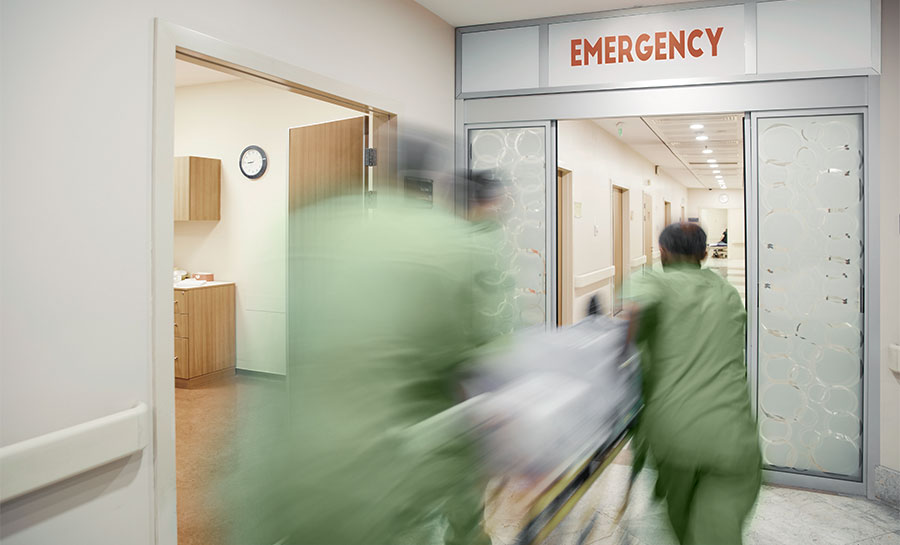
Putting the Meaningful in Meaningful Use: Innovating Long-Term and Post-Acute Care
 4 min
4 min
For too long, long-term and post-acute care (LTPAC) facilities have not benefited from the same health IT investments or incentives as other care sectors. Since the U.S. government introduced the Meaningful Use program as part of the Health Information Technology for Economic and Clinical Health (HITECH) Act in 2009, LTPAC organizations – notably nursing homes – and the vulnerable patients they serve have been left behind.
As a result, these provider types sit outside of current interoperability and health information exchange efforts and have been slow to adopt electronic health records (EHRs) due to a lack of government incentive programs. In fact, recent data show that only 18% of skilled nursing facilities (SNFs) integrate patient health information electronically.
Why It Matters
Long-term care facilities are suffering from long-existing shortcomings exacerbated by COVID-19. Daily, they contend with staffing challenges, infection control, oversight and regulation. While they are resilient and unwavering in their commitment to care, the lack of investment impairs the necessary exchange of health information, exacerbates care fragmentation and disables the ability to transmit a patient’s critical health and demographic data across the trajectory of care.
Did you know that patients of LTPAC providers are more likely to have chronic health conditions or behavioral health needs? The complex nature of their health history and requirements makes care coordination more difficult as they transition between settings.
So, we ask ourselves: Why are we depriving the providers that care for them of critical infrastructure investments, especially as other sectors have received similar investments and adoption incentives in recent years?
How We Win
Technology presents enormous opportunities to alleviate these issues, namely staffing challenges and the burden of administrative tasks that often take them away from caring for patients.
One study, for example, found that six months after implementation of an EHR, nurses were spending significantly more time engaging patients in their rooms with purposeful interactions and less time at a nurse station. Using health information technology to capture resident health information in real time can also substantially reduce staff fatigue, burnout and the burden of relying on short-term memory, while also improving patient safety by enhancing the accuracy of the patient information.
With challenges continuing to mount and so much at risk, LTPAC facilities stand to gain the most from incentive programs and the transformative technology they would deliver. It could help solve some of their biggest and most enduring problems. The capabilities of health IT in promoting patient safety, enhancing the effectiveness of care delivery, facilitating the management of chronic conditions and improving the efficiency of health care professionals (and as a result, the lives of the patients), are particularly important as we consider the opportunity for long-term care.
Funding Innovation
The use of health information technology and electronic information exchange supports patient-centered care and must include all providers across the healthcare ecosystem. One important step toward this goal would be to enact recommendations included in a recent report by the National Academies of Sciences, Engineering, and Medicine, specifically that CMS and ONC work to ensure the adoption of health IT across all U.S.-based nursing homes.
LTPAC organizations require equitable funding for the proper technology, training and implementation to care for our most vulnerable patient populations. Extending incentives to these organizations can secure resources where they’re needed most and keep care where it belongs: At the bedside.





